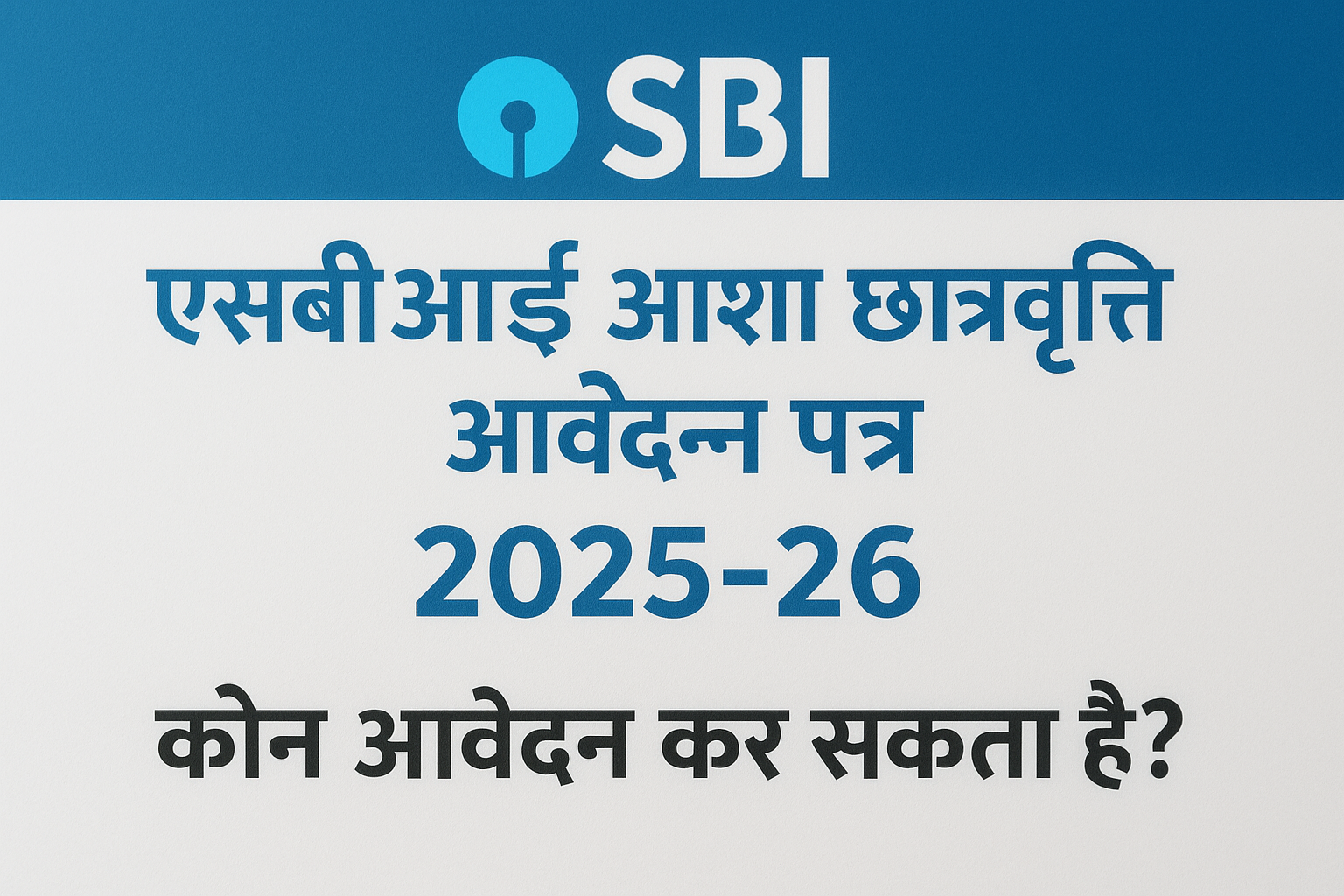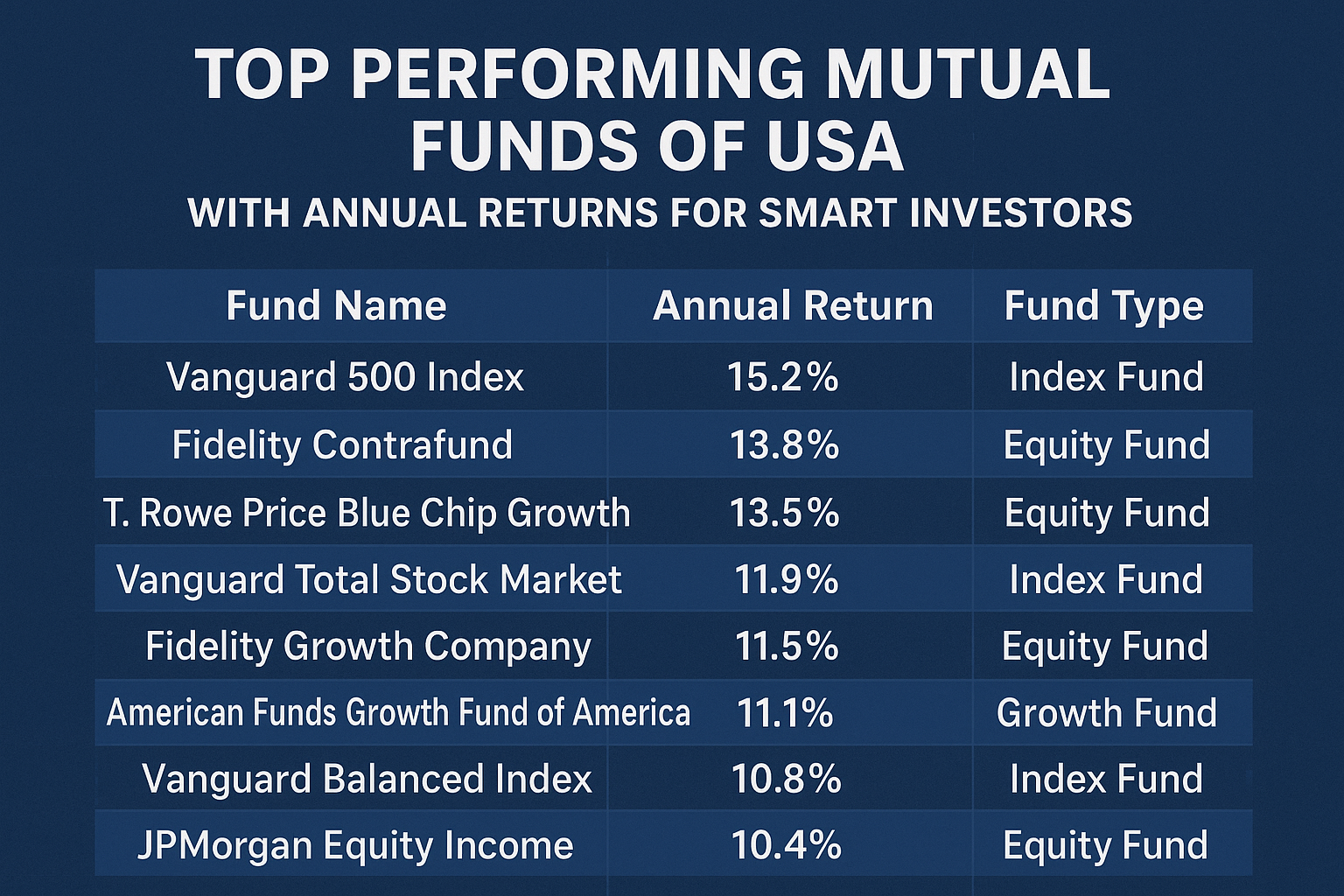What is Google cloud outages ?
Google Cloud Platform (GCP), one of the world’s leading cloud service providers, occasionally faces outages that can disrupt services for businesses, developers, and millions of users across the globe. While GCP is known for its robust infrastructure, even the most advanced systems can experience unexpected downtimes.
What Causes Google Cloud Outages? Google Cloud outages can result from various issues such as: •Hardware or Network Failures: Physical data center issues or connectivity problems can disrupt services. •Software Bugs or Updates: A faulty update or bug in the system can lead to temporary failures. •Misconfigurations: Errors in cloud configuration or system settings can impact performance. •Cybersecurity Threats: Although rare, breaches or attacks can affect service availability.
Impact of Google Cloud OutagesWhen GCP experiences an outage, it can lead to: Downtime for Websites and Apps: Many companies rely on GCP for hosting their websites and applications.
Disruption in Workflows: Businesses using Google Cloud services like BigQuery, Cloud Storage, or Compute Engine may face disruptions.
Loss in Revenue: E-commerce platforms and SaaS services might lose significant income during outages.
User Inconvenience: End-users may face issues accessing services like Gmail, YouTube, or Google Workspace, depending on the nature of the outage.
How Google Responds Google typically: °Provides Real-Time Updates: Users can track issues on the Google Cloud Status Dashboard.
°Conducts Rapid Investigations: Google’s engineering teams work around the clock to identify and resolve the problem.
°Issues Postmortem Reports: After major incidents, Google releases detailed summaries explaining what went wrong and how it will be prevented in the future.
• Final Thoughts. Although Google Cloud outages are infrequent, they remind us of the importance of having backup systems, diversified cloud strategies, and proactive monitoring in place. For businesses heavily reliant on cloud services, staying updated and preparing for the unexpected is key to minimizing risks.









Very informative post